Thanks to the wonders of social networking, Photo-John (the manager of PhotographyREVIEW.com) and I recently reconnected after many years (we go so far back that I knew him when he was just “John”) and discovered that we both share an interest in photography. I’ve been lucky enough to meld my passions for music and photography by taking professional concert photos. Given concert photography is a technically challenging medium most photographers don’t necessarily understand, John asked me to share some of my insight and experience.
It’s worth mentioning up front that larger shows (anything bigger than a club) will usually require pre-approval by the band or label’s publicist to photograph the band. So don’t show up at a concert with your DSLR and a ticket and expect to get in. Assuming you do manage to get credentialed, the general rule of thumb is that photographers are allowed to shoot the first three songs of the set with no flash. As you can imagine, having the right equipment is critical to getting great photos and fast glass is the right place to start; you’re not going to find a concert photographer worth their salt with anything slower than an f/2.8 lens. For club shows with poor lighting, it’s pretty common to break out the f/1.4 or f/1.8 primes. Beyond the glass, you’re going to get added benefit from a body with great high ISO performance; certainly something that can handle up to 3200 ISO without getting too noisy. From there it’s all about packing the right gear for the show, something that comes down to knowing the venue and the band.
I use a Nikon D700 digital SLR (see Alan’s equipment list, below article) and I’m probably going to disappoint some people on both sides of the Nikon vs. Canon debate when I say knowing how to use the equipment is more important than what brand you shoot with. Sure there are differences, but if you don’t know how to take best advantage of your gear, you’ve wasted a bunch of money to take crap pictures. I learned this the hard way after experimenting with aperture and shutter priority modes and various metering and exposure adjustment settings – if you leave things up to the camera, your concert pictures will be generally overexposed or your shutter speed will be too slow. This is what led me to the uncomfortable decision to shoot exclusively in manual exposure (M) mode. It’s uncomfortable because there are no re-dos in concert photography and with the 3 song rule you only have 10 to 15 minutes to get it right or wrong. And when I say manual, I mean manual. The only camera functions that I leave on full-auto are white balance (which I prefer to handle in post) and auto-focus (with an exception noted below). Everyone has their own way of doing things, but here’s a list of rules that I’ve assembled through trial and error:
- Aperture – set it and forget it. 90% of the time I leave the f-stop at the largest setting for the entire show, concentrating instead on manual ISO and shutter speed adjustments.
- Don’t fear the ISO. Concert photography is about managing a set of trade-offs and I almost always sacrifice ISO to get the right shutter speed. I regularly shoot at 3200 ISO in order to get a shutter speed of 1/320, which I’ve found to be pretty good for an active band.
- Don’t trust the camera’s auto focus system to focus correctly. Things like mic stands, instruments and other band members are likely to be between you and what you’re really trying to capture. I use spot focus and manually move the focal point to where I want it.
- Rely on your own eyes. Once you’ve snapped a picture, take a moment and look at it on your camera’s screen. Look for highlights, zoom in if necessary to check for sharpness and then adjust settings accordingly. You’ll find that after some practice you’ll be able to dial things in pretty quickly.
While it’s always best to get the photo right the first time around, I would be remiss in not mentioning the role of post-processing in concert photography. With rapid changes in stage lighting at your typical show it shouldn’t be a surprise that you will likely need to make some exposure adjustments and do some noise reduction. Post-processing can also help with typical concert photo challenges like strobe lights, oversaturation from red and blue spots, and smoke (which tends to make things look out of focus). Shoot RAW and you’re going to have a lot more flexibility in what you’ll be able to fix.
Alan’s Camera Gear:
Standard Concert Kit:
- Nikon D700 Body
- Zeikos ZE-NBG300 Battery Grip
- Sigma 18-50mm f/2.8 EX DC Zoom Lens
- Sigma 50-150mm f/2.8 APO II EX DC HSM Zoom Lens
- Domke F-6 Little Bit Smaller Camera Bag
Additional Gear:
- D.R.U.G.S. Concert Photo by Alan Snodgrass
- The Devil Wears Prada Photo by Alan Snodgrass
- Death Angel Photo by Alan Snodgrass
- Testament Concert Photo by Alan Snodgrass
- Prima Donna Photo by Alan Snodgrass
- Alan’s Concert Camera Bag
- Photos by Alan Snodgrass
About Alan Snodgrass:
Alan’s interest in concert photography started way back in the early 80′s the old-fashioned way … sneaking a camera into a show and shooting from the crowd. Alas, that particular camera suffered an untimely demise (think mid-80′s punk rock) but the itch remained. Fast forward a few decades when Alan decided to pursue it in earnest and now shoots hundreds of bands each year from the smallest of club shows to the 80,000 person arena tours and pretty much everything in between. Alan’s primary outlet is the site he runs focused on live music (www.digitaldiversion.net) but he is also a regular contributor to Soundspike (www.soundspike.com) and has had his work published in Inked Magazine, Urban Moto and Thrasher.
Alan’s Photography Links:
Facebook: https://www.facebook.com/digitaldiversion
Website: www.digitaldiversion.net
Portfolio: www.alansnodgrassphoto.com
Twitter: twitter.com/digdivphotog
All photos copyright Alan Snodgrass.


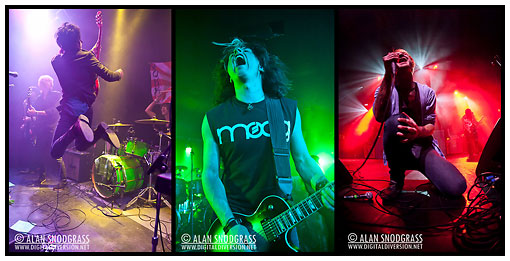
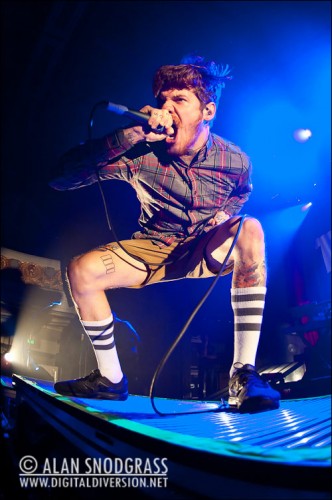
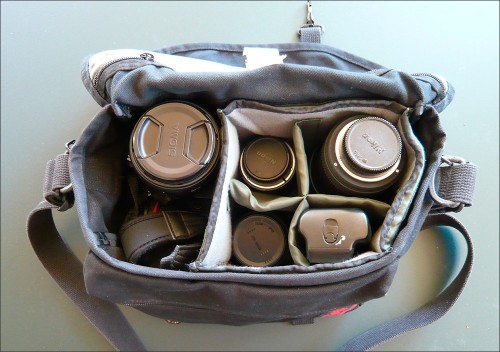
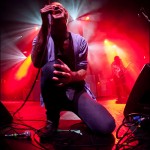
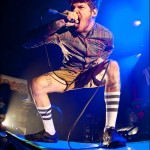
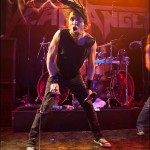
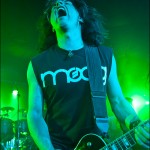
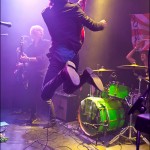
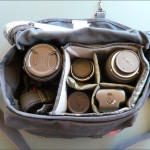
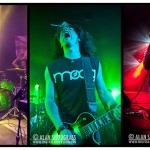
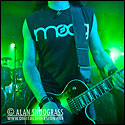
Leave a Reply